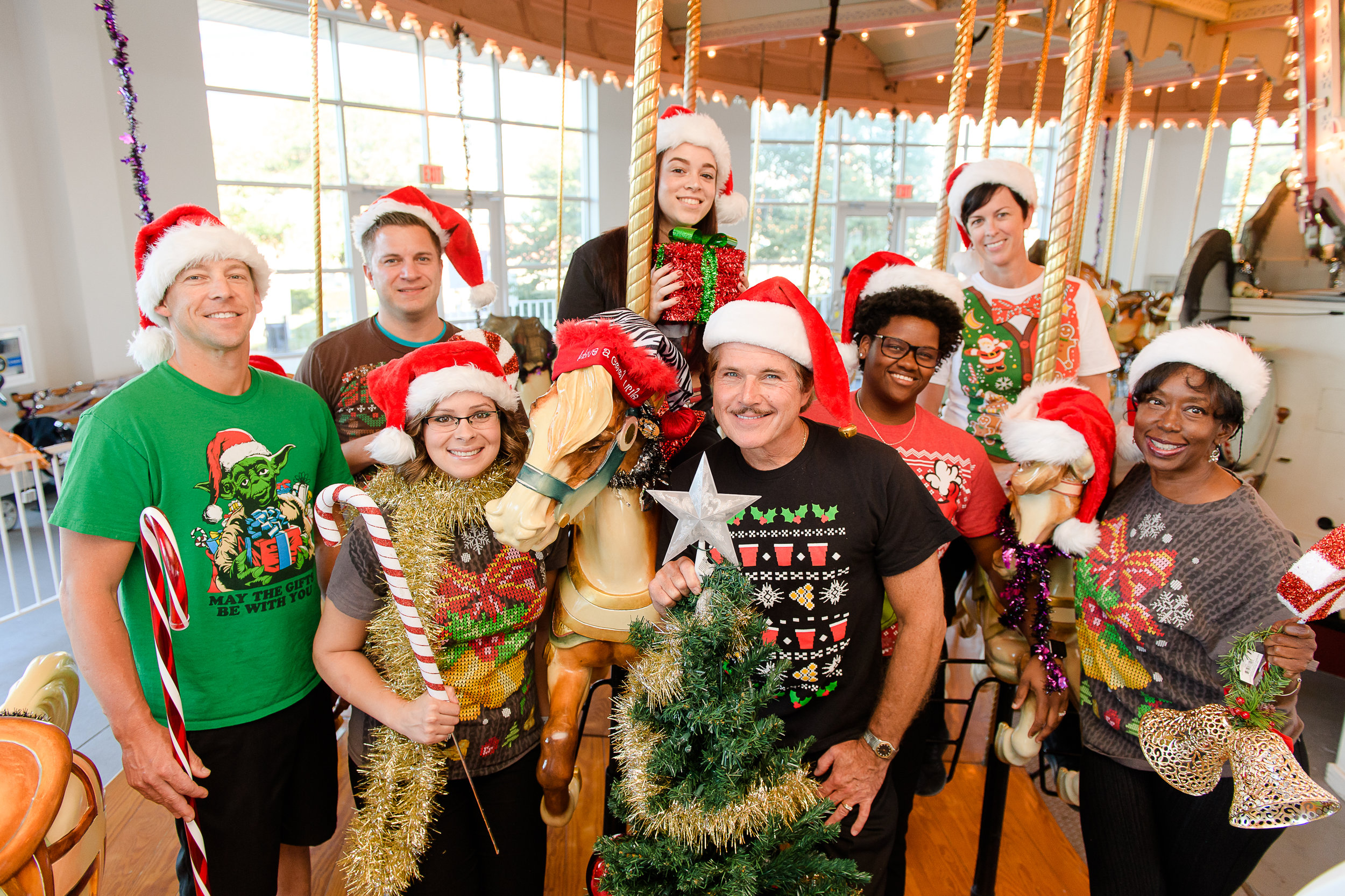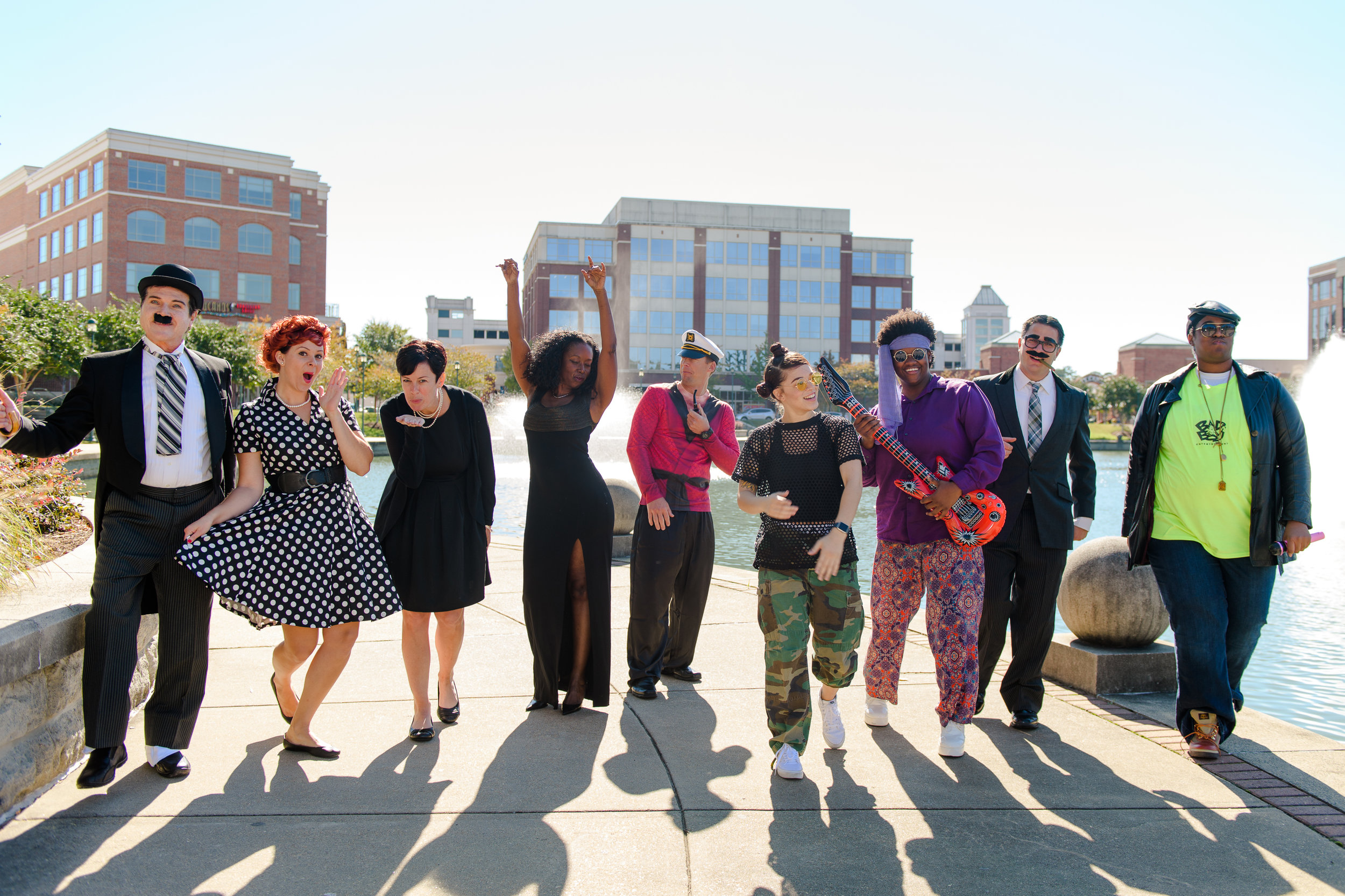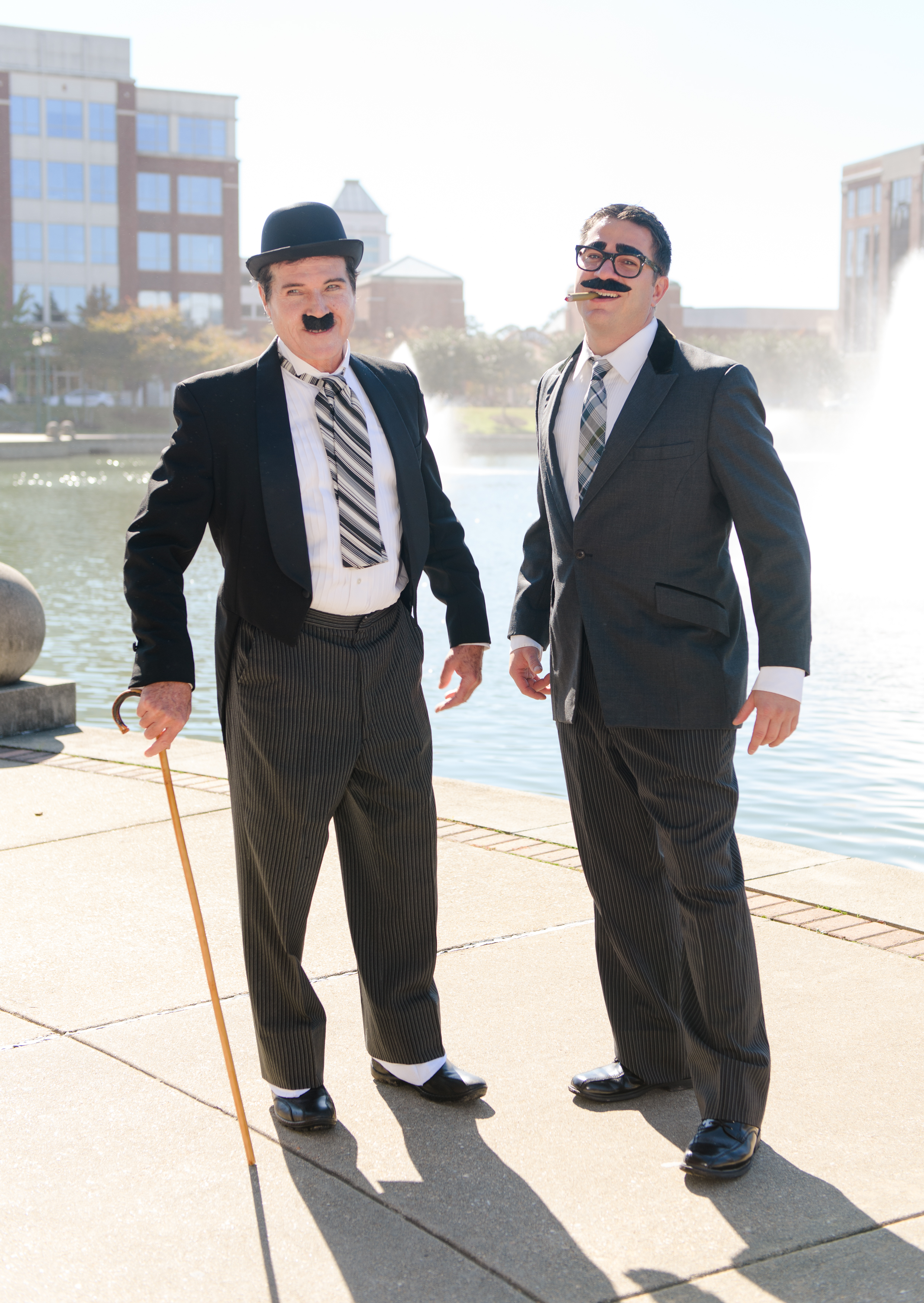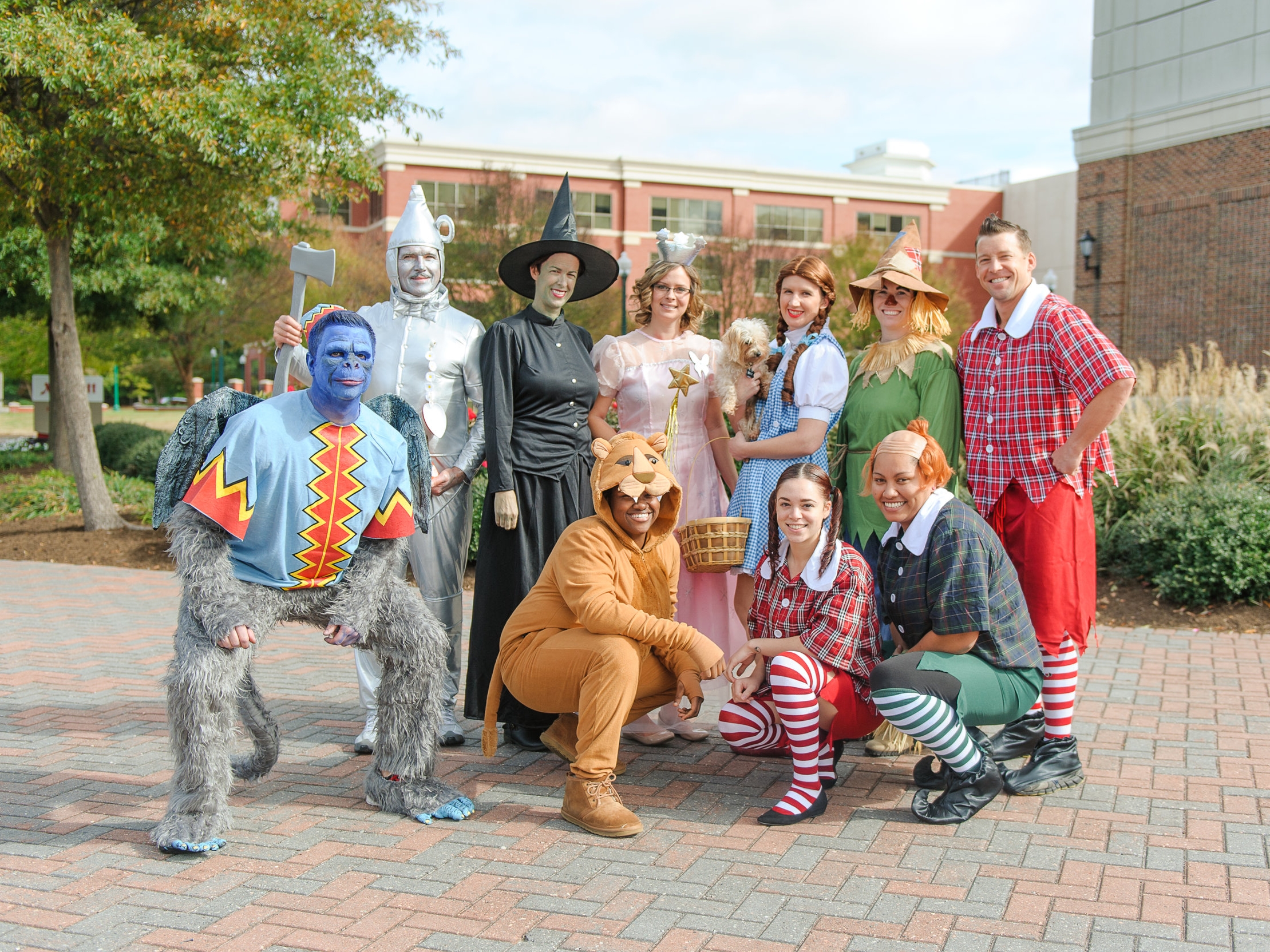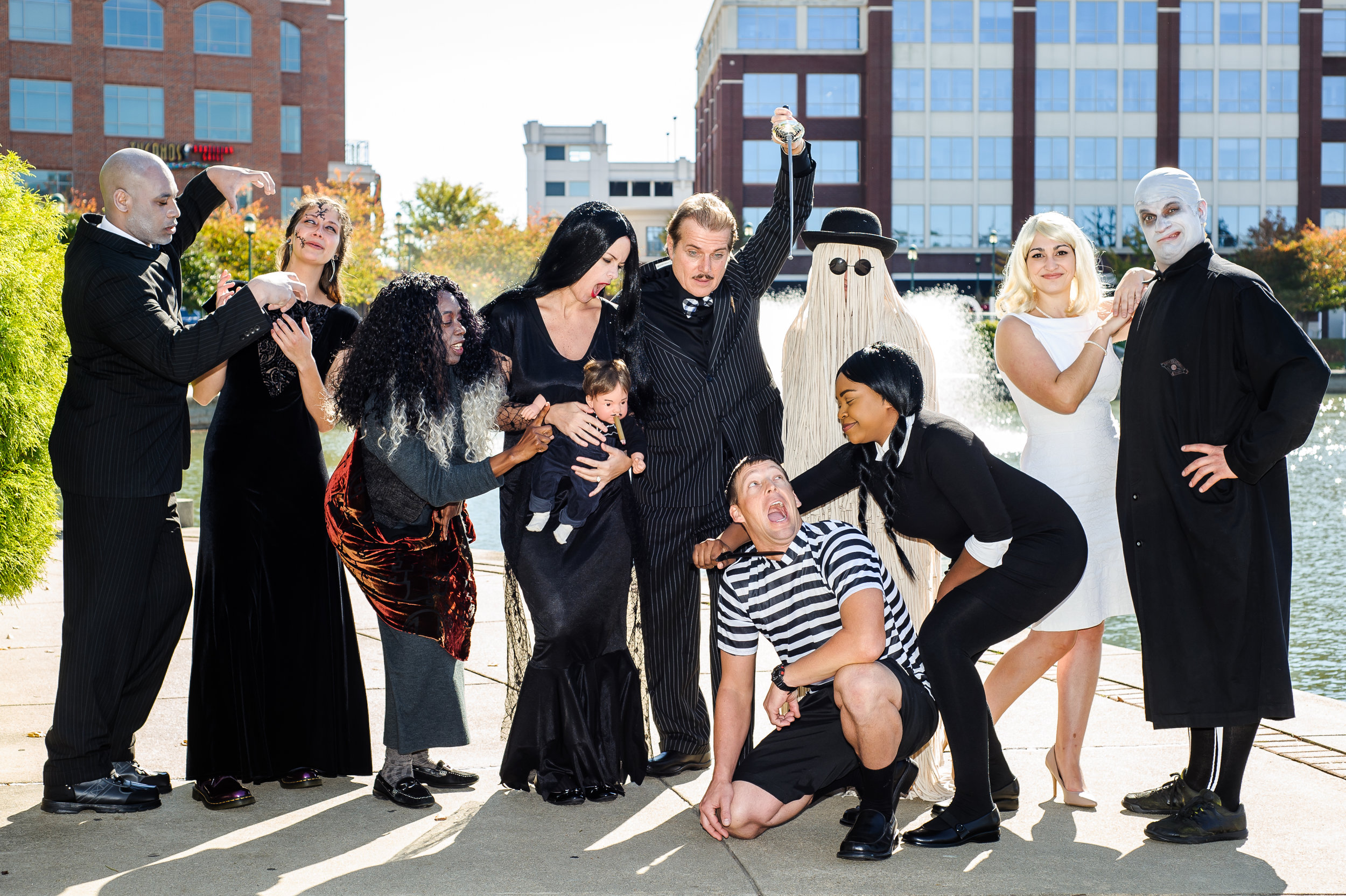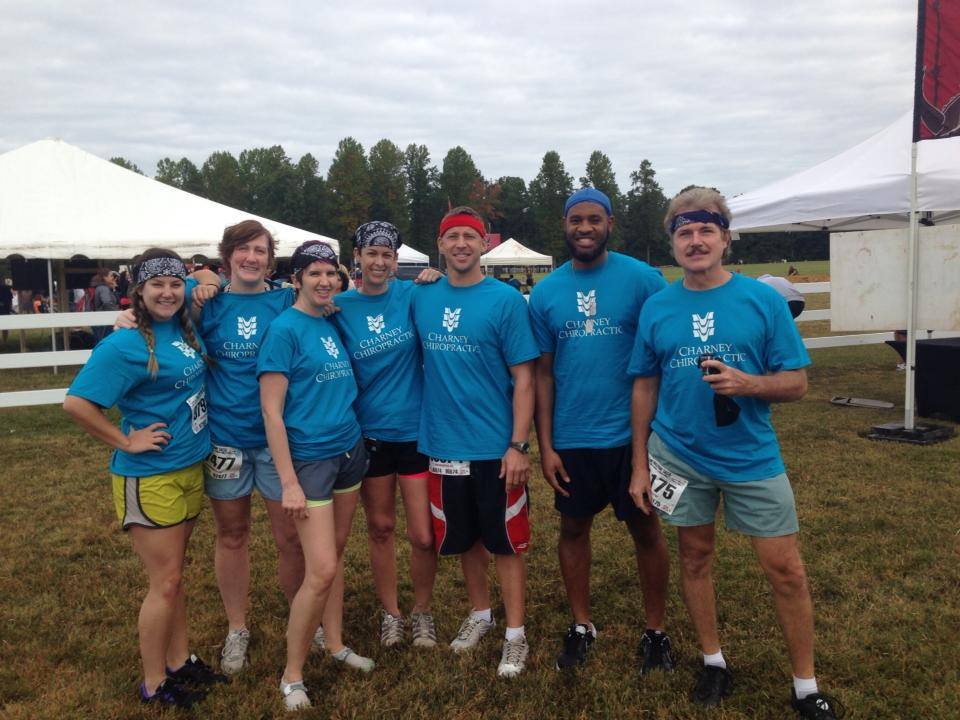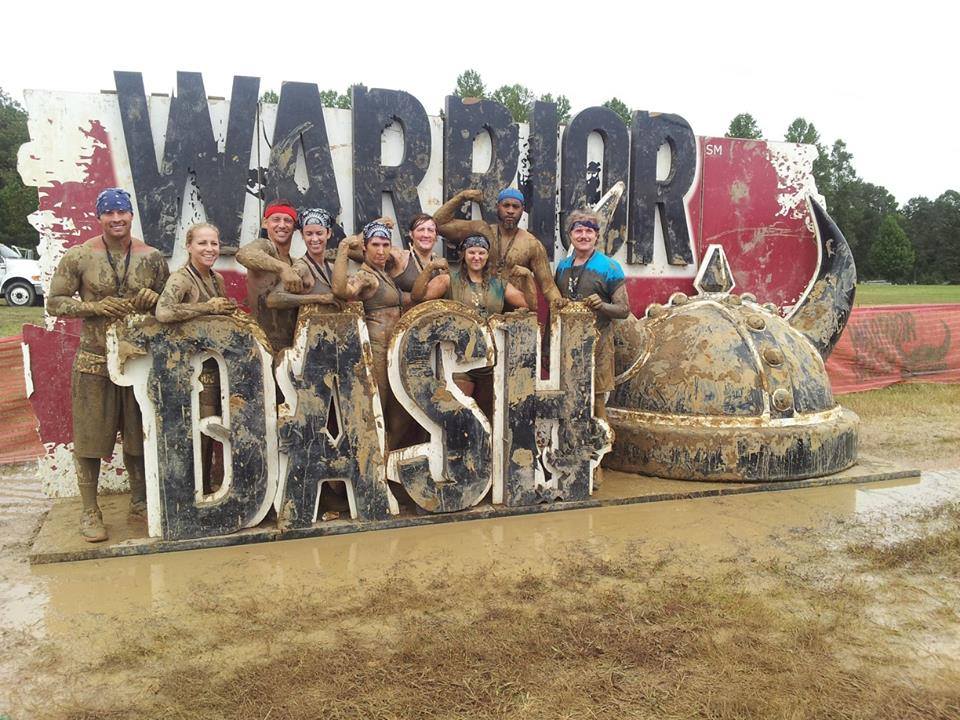The Importance Of Back Rehabilitation To Heal, Provide Long-Term Pain Relief and Improve Your Health
For most back problems, exercise and movement are an important and effective natural stimuli to speed the healing process. Prolonged inactivity and bed rest can actually increase back pain as the back becomes stiff, weak, and unconditioned.
Controlled, gradual and progressive exercise will most often provide the best long-term solution to reduce back pain, improve spinal health, and prevent future episodes from recurring.
Back Rehabilitation With Physician Guidance
Working with a physician will ensure that the patients’ activities are safe for their back and overall health. Movement and controlled exercise will:
- Nourish and repair spinal structures
- Keep the anatomy of the back healthy, flexible, and strong, will reduce the chances of further injury and back pain.
How Rehabilitative Exercise Helps Improve The Back
Exercise and movement keeps the back healthy by allowing discs to exchange fluids, which is how they receive nutrition. Healthy discs swell with water and squeeze it out, similar to the action of a sponge. This “sponge” action distributes nutrients to the discs. What’s more, this fluid exchange helps to reduce swelling in the other soft tissues that naturally occurs surrounding injured discs. When there is a lack of exercise, swelling increases and discs become malnourished and degenerated.
Exercise Reduces Stiffness, Improves Mobility and Flexibility
By keeping the connective fibers of ligaments and tendons flexible through exercise, mobility is improved and there is less of likelihood for the connective fibers to tear under stress, which in turn prevents injury and back pain.
Exercise also stretches, strengthens and repairs muscles that help support the back. The back and abdominal muscles act as an internal corset supporting the vertebrae discs, facet joints, and ligaments. When back and abdominal muscles are weak they can’t support the back properly. Strengthening exercises help to strengthen these supporting muscles in order to prevent straining soft tissues (e.g. muscles, ligaments and tendons) and provide sufficient support for the structures in the spine. Stretching hamstring muscles helps relieve stress on the lower back, and helps lubricate the synovial joints that require appropriate motion to keep them healthy.
Exercise and fitness are necessary for healing existing back problems, recovering from back surgery, and especially for keeping the back healthy, and to help prevent or reduce future episodes of back pain.


